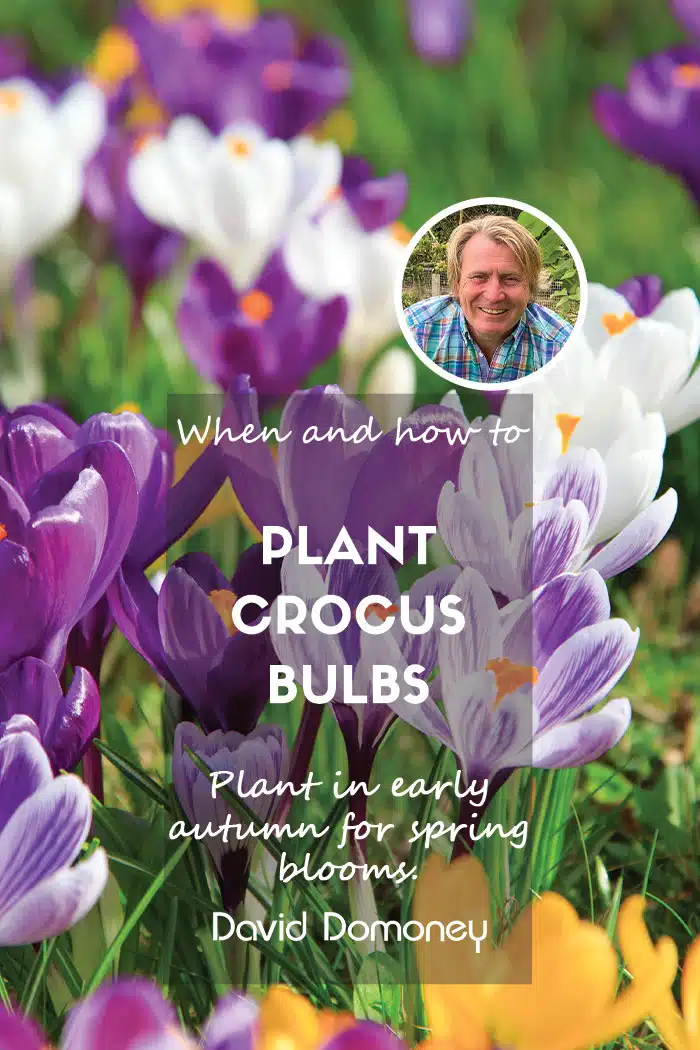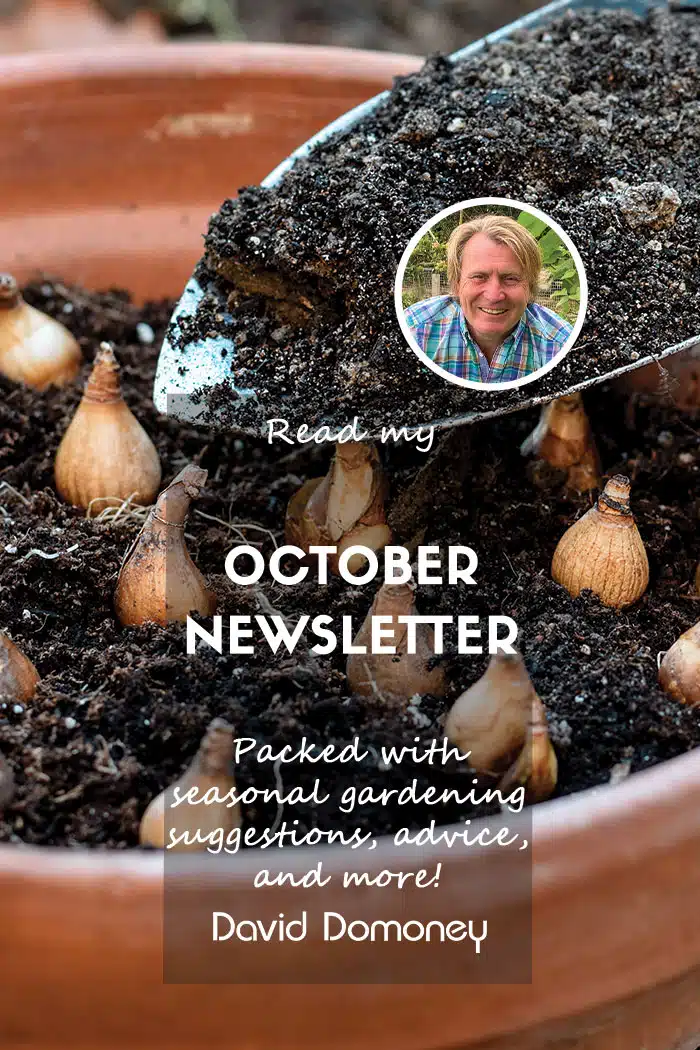David Domoney Glossary
There are currently 17 names in this directory beginning with the letter H.
Half-Hardy
This refers to plants that generally can be grown outdoors but may need protection in winter, especially during periods of freezing temperatures and below. You might protect plants by moving them into a green house or cold frame, or wrapping them in various materials.
Half-Moon Cutter
A half-moon cutter is a garden tool consisting of a long handle and a half moon shaped metal cutter, often used to edge lawns.
Hardening Off
This is a process that helps plants that have been sown indoors to acclimatize to the temperature outdoors. You can do it in several ways, either by moving them into a greenhouse or cold frame first for a few days, or by bringing them outdoors during the day and then bringing them back in at night, gradually allowing them more time outdoors.
Hardiness
A plant’s hardiness is its ability to withstand cold temperatures and harsher climates. It’s not a fixed measure, and can depend on a lot of variables, but a plants hardiness gives you a good indication of how best to care for your plant. Very hardy plants such as Bergenia for example can be left planted in your borders over winter and are tolerant of cold conditions such as frost.
Hardwood
A hardwood tree or shrub is usually a deciduous plant that bears flowers for pollination and has broad leaves. A rose bush is a good example of a hardwood plant.
Hardy
A plant is generally described as being hardy if it is able to remain outdoors over winter and can tolerate frost and cold conditions without becoming damaged.
Haulm
This is a word that refers to the stems of specific cropping plants such as potatoes, beans and peas. It is most often used to refer to the stem of such a plant after the crop has been harvested.
Heavy Soil
Heavy soils generally contain lots of clay which can make them difficult to plant in. Due to their high clay content they don’t warm up quickly in spring, so it is useful to add some grit in order to allow air to penetrate the soil and stop it from becoming too waterlogged.
Heel
This is a term we use when we are talking about taking cuttings of certain plants such as rosemary and lavender. These two shrubs can be hard to root, so you can grow them from heel cuttings. Choose a side shoot that is growing from the main stem, roughly 10 to 15cm long. Instead of cutting, carefully tear it off, making sure it retains a small sliver of bark from the main stem, known as a ‘heel’. This can then be treated as a usual cutting.
Herbaceous
Herbaceous plants are soft-stemmed perennial plants that become dormant during winter, with all their above ground growth dying back down to the root. The root system of the plant survives the winter, and growth resumes again in spring. Good examples of herbaceous plants include delphiniums and peonies.
Hoe
This is a garden tool with a long handle and a flat blade, used primarily for moving soil around to cover plants or make drills.
Hollow-tined Aerator
This is a device used to aerate lawns, to allow more oxygen to the roots of the grass, which is helpful for keeping your lawn looking its best. This process can be done by pushing a garden fork into the soil, but for especially heavy soils, a hollow-tine aerator will extract plug of soil each time.
Honeydew
Honeydew is a sticky substance that is often found on the leaves of plants that have been attacked by aphids. Aphids are common garden pests that feed on the sap of plant, and then secrete sticky honeydew which in turn attracts other insects such as ants.
Horticulture
Horticulture is an umbrella term for many things related to plants and gardening, and is often used to mean the practice and management of growing plants and gardening.
Humidity
The level of humidity is the amount of moisture that can be found in the air. Some plants need very humid conditions, such as tropical plants, and some prefer the air to be drier.




Leave A Comment